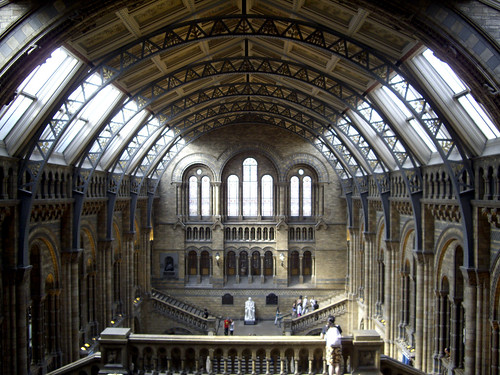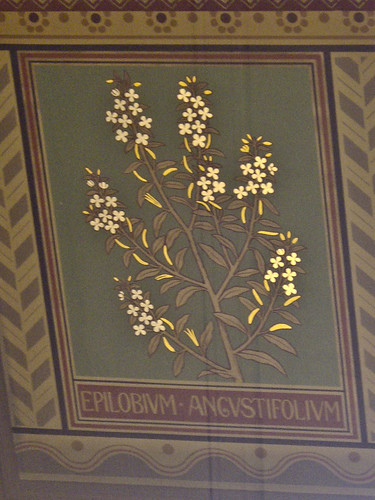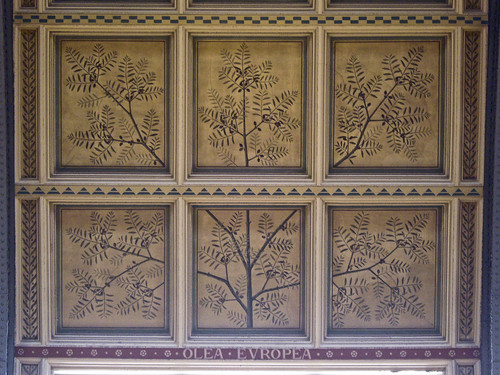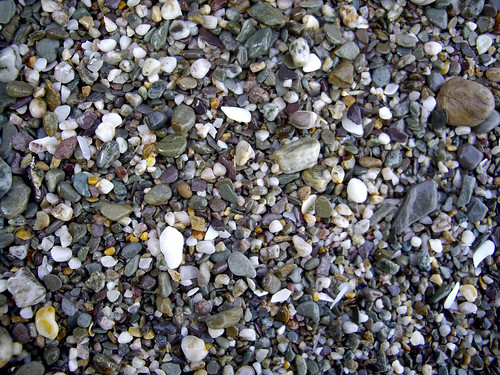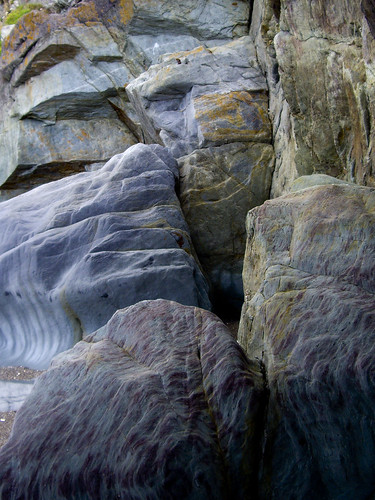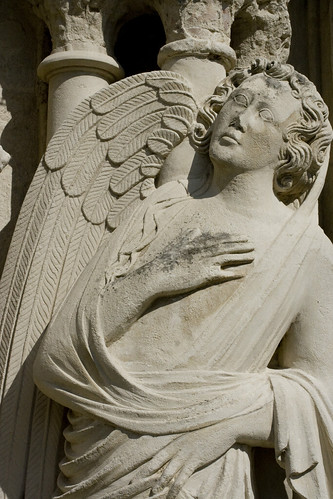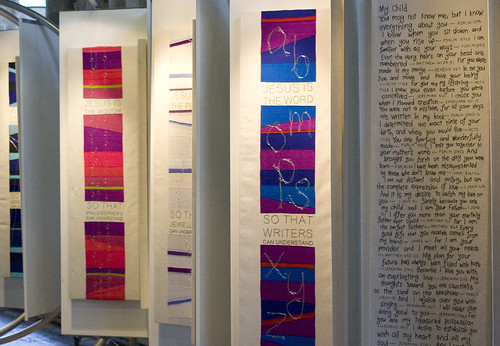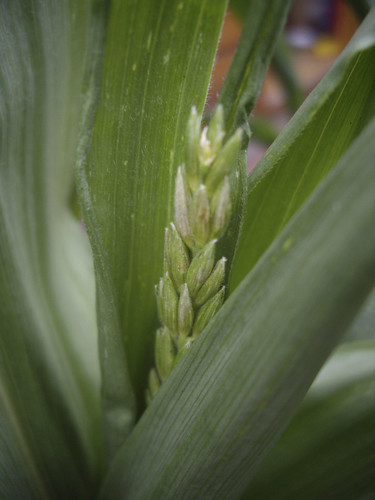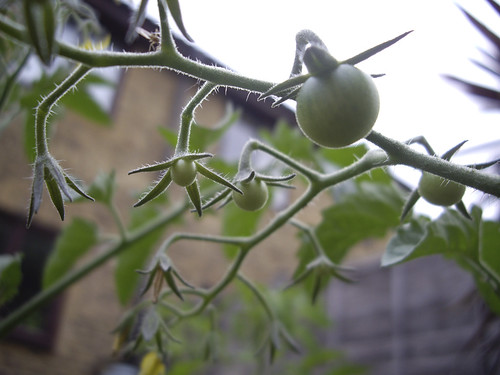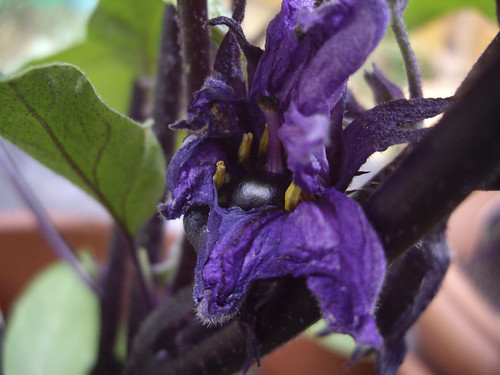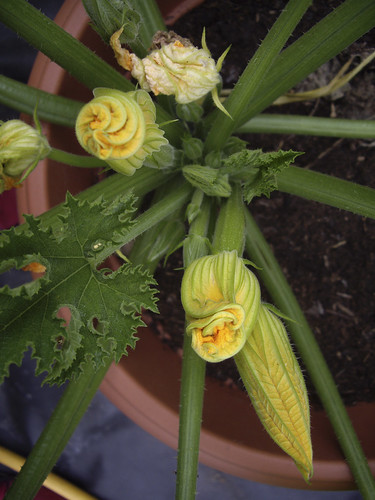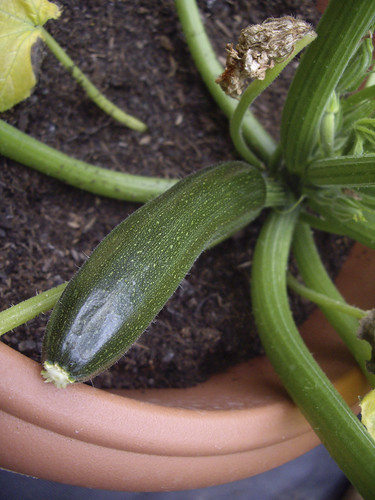This is the Natural History Museum in London. Quite a typical view – looking over the central hall from the giant sequoia tree, over the top of the big dinosaur skeleton, to the statue of Darwin on the main staircase.
Usually people are so busy looking at the dinosaur that it simply doesn’t occur to them to look up.
This is the ceiling of that same central gallery, and it’s absolutely covered with the most beautiful botanical illustrations. They’re scientifically accurate, apparently, and decorated with gold that catches the light streaming in from the windows below.
This is one of the single illustrations, close to the end of the gallery with the sequoia tree. Epilobium Angustifolium is known as Fireweed in the US, or Rosebay Willowherb in the UK. The café (the one with the panda) also has these single illustrations above it.
This olive tree is right above the famous dinosaur skeleton, and is one of many images – mostly of larger trees – which spread across six panels like this.
I found out about the ceiling while I was watching the Museum of Life programme, which made me want to know much more about the Museum’s collections than they have on display. I’d been hoping to go on a Spirit Collection Tour, but apparently it’s not safe to run them when the weather’s too hot, so I’ll have to do that another time.
My favourite part about the Natural History Museum is that it’s completely free. This allows you to really take your time when you visit, knowing that you can go back any time and it won’t cost you a fortune. Well worth the train fare to London, and I really must remember to go more often!

